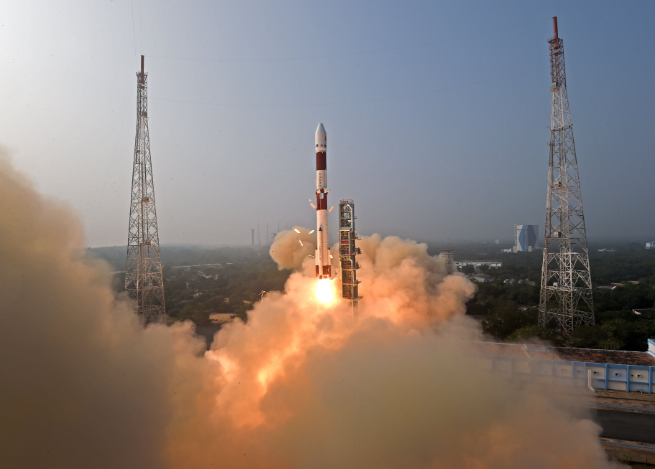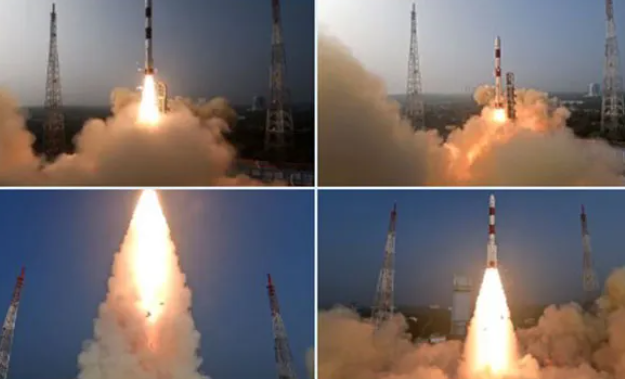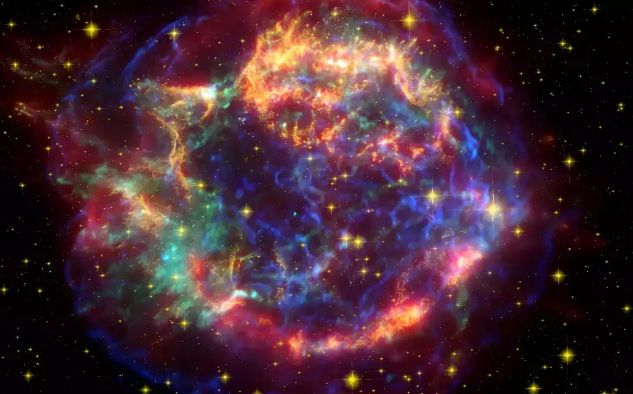
ISRO Groundbreaking Achievement: India’s Pioneering X-ray Polarimetric Mission Triumphs in Capturing Supernova Light
India’s maiden X-ray polarimetric mission, orchestrated by the Indian Space Research Organisation (ISRO), has marked a historic achievement by capturing the inaugural light emitted from the explosion of a star, specifically the Cassiopeia A (Cas A) supernova remnant. This groundbreaking milestone was disclosed by ISRO in a statement, emphasizing the success of the XSPECT payload on XPoSat, the nation’s premier X-ray polarimetric mission.
A supernova, a phenomenon where a star undergoes a cataclysmic collapse and subsequent rebound at the conclusion of its life cycle, represents one of the most colossal explosions witnessed by humanity, as highlighted by the National Aeronautics and Space Administration (NASA). In this extraordinary feat, XSPECT, during its performance verification phase, meticulously observed Cassiopeia A, chosen as a standard source for evaluating the instrument. The observation yielded emission lines corresponding to elements such as Magnesium, Silicon, Sulphur, Argon, Calcium, and Iron within the supernova remnant.
Launched on January 1, XPoSat carries two instrumental marvels: POLarimeter Instrument in X-rays (POLIX) and X-ray SPECtroscopy and Timing (XSPECT). These instruments, crafted by the Space Astronomy Group of U R Rao Satellite Centre (URSC)/ISRO in Bengaluru, are meticulously designed to unravel the mysteries of cosmic X-ray sources through continuous, extended spectral, and temporal studies within the soft X-ray band.

The formation of a supernova, elucidated by NASA, entails the dramatic conclusion of a star’s lifecycle. In one scenario, a massive star depletes its fuel, prompting gravitational forces to instigate a collapse, ultimately resulting in shock waves that trigger a spectacular explosion. This explosive event ejects the outer layers of the star, producing a luminous burst recognized as a supernova. The remnants can give rise to a dense core and a cloud of hot gas or, in the case of larger stars, the formation of a black hole.
Supernovas, characterized by their intense brightness, have the capacity to outshine entire galaxies for a brief period and are observable from vast distances across the universe. Scientists leverage certain supernovas as cosmic yardsticks to gauge distances in space, aiding in comprehending the vast expanse of the cosmos. Additionally, the study of supernovas is crucial for unraveling the origins of elements, as these stellar explosions generate and disperse elements essential for life, including carbon and nitrogen. Moreover, massive stars contribute to the production of heavy elements like gold, silver, and uranium through supernovas.
The XSPECT payload’s protracted observations hold the promise of significantly advancing our understanding of high-energy phenomena in the universe. This monumental achievement by ISRO underscores the nation’s strides in space exploration and contributes valuable insights into the cosmic tapestry, shedding light on the intricate processes governing celestial bodies and their transformative journeys.




